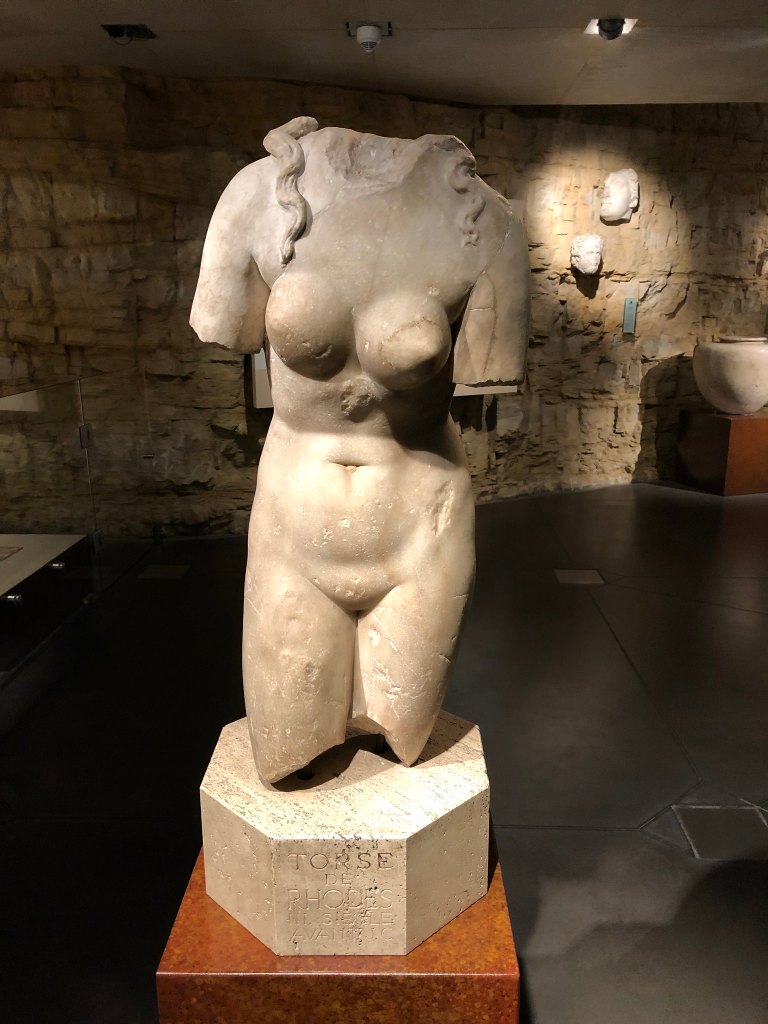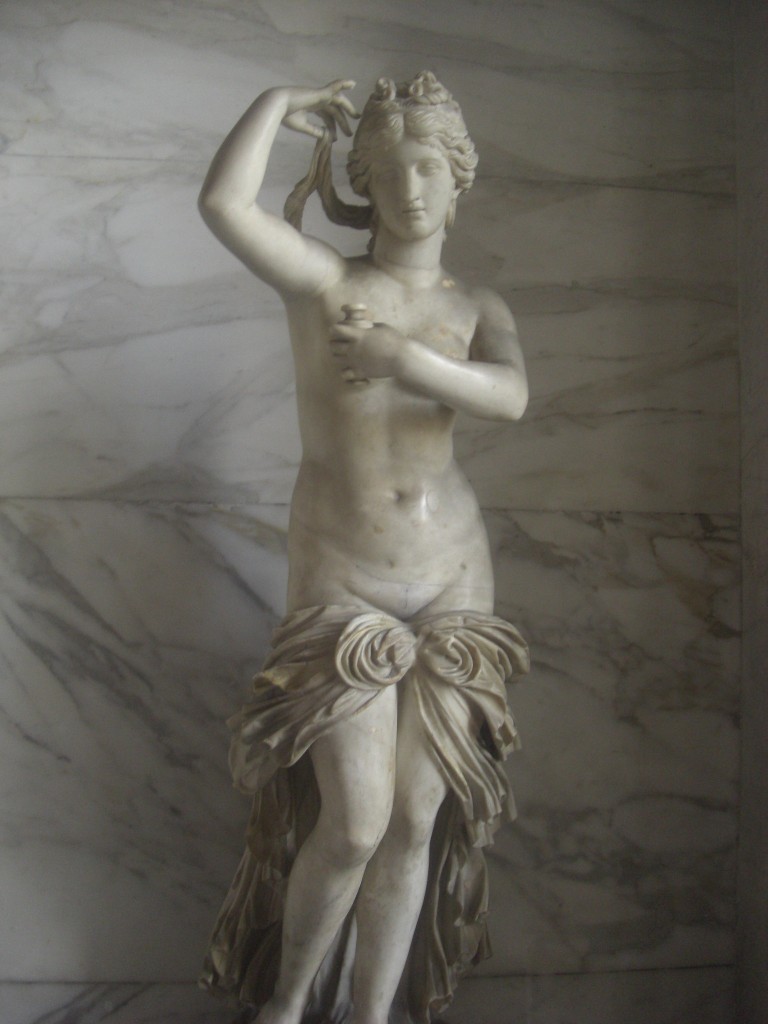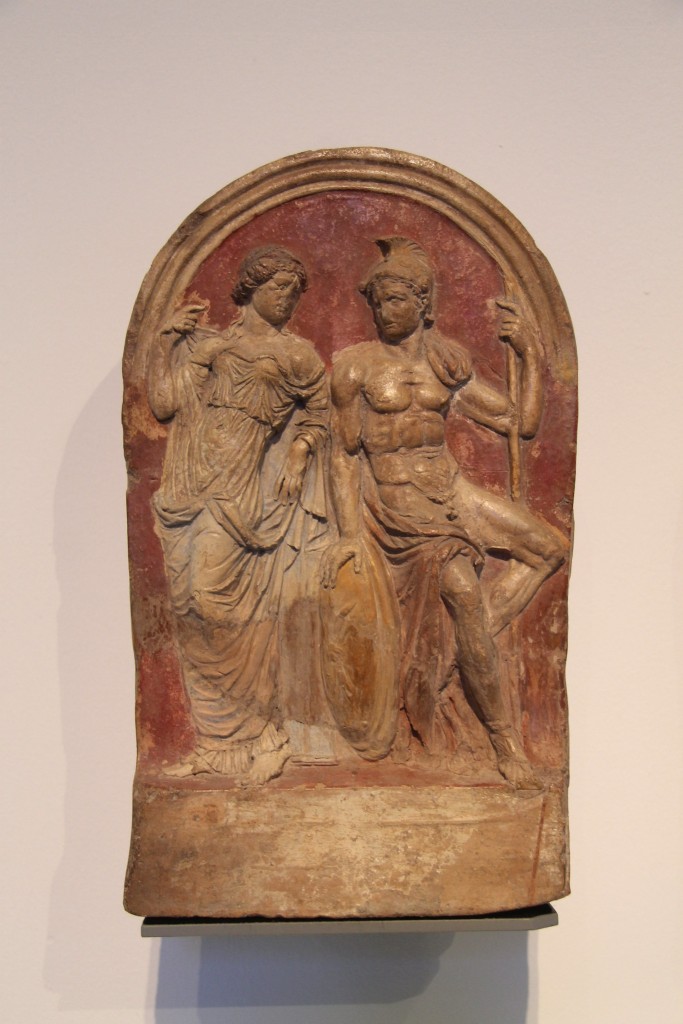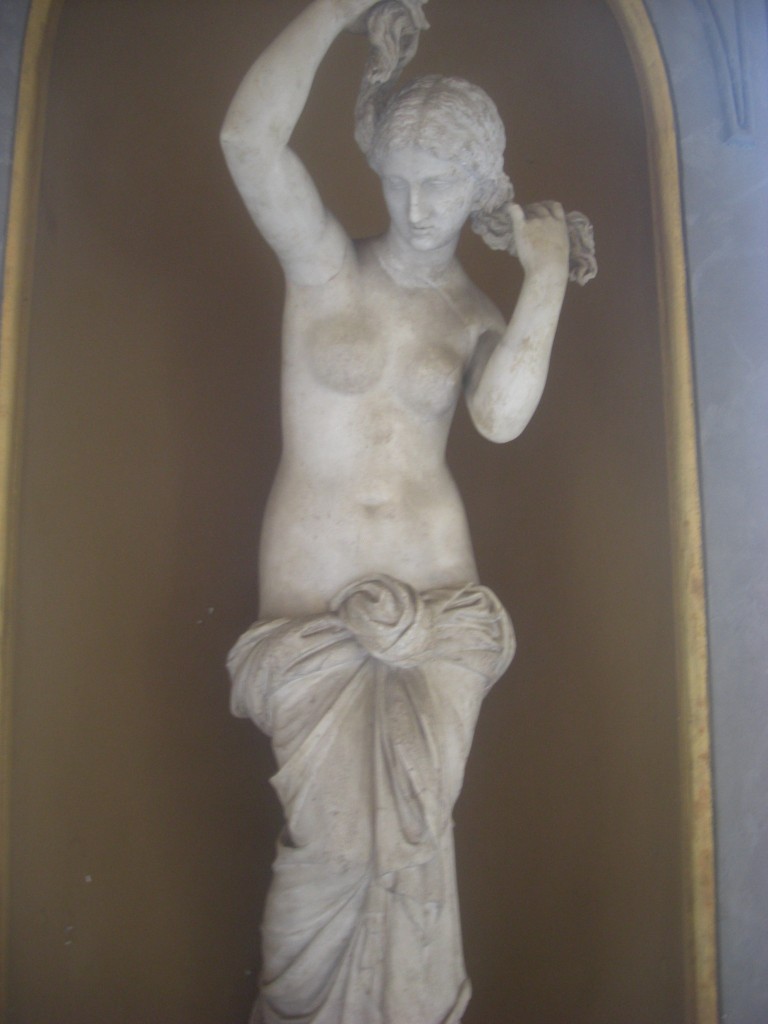Venus
In Roman religion, Venus was the goddess of love but also embodied a wider range of desires and blessings. Love, beauty, and desire were central to her domain, but her influence extended to fertility, prosperity, and even victory. This multifaceted nature made Venus a significant figure in Roman life, ensuring not just passionate connections but also abundance and success.
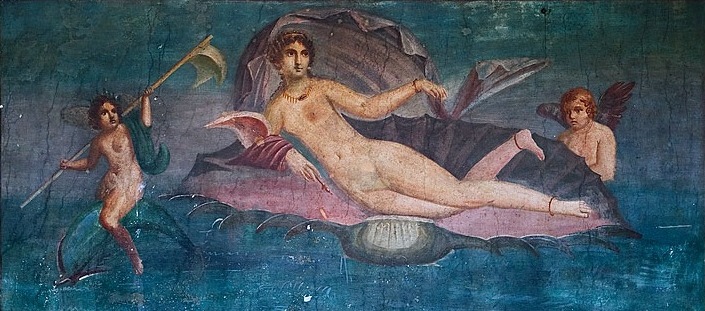
Symbols: Rose
Parents: Caelus
Consort: Mars and Vulcan
Children: Cupid and Aeneas
Festivals: Veneralia
Other Names: Venus Cloacina, Venus Genetrix, Venus Victrix
Greek equivalent: Aphrodite
Beyond her role as the Roman goddess of love, Venus held a surprisingly wide influence. She was considered the ancestor of the Roman people through her son Aeneas, the Trojan hero who escaped the fall of Troy and journeyed to Italy, where his descendants would found Rome. This connection was so strong that Julius Caesar himself claimed Venus as his ancestor.

Venus wasn’t just a figure from mythology; she was a central figure in Roman religion, celebrated in numerous festivals throughout the year. Her worship took many forms, with various cult titles reflecting the different aspects of her domain, solidifying her place as a powerful and multifaceted deity in Roman life.

Art

